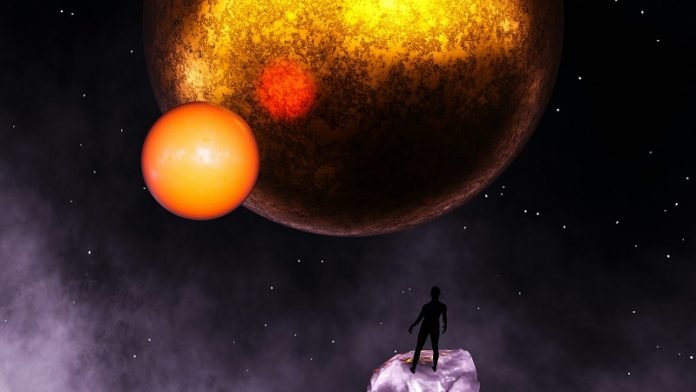
Astronomers have stumbled upon the faintest star system ever observed, nestled within the vast expanse of the Milky Way.
This discovery may point to a whole new category of dim, satellite star systems orbiting around larger galaxies like our own.
The findings about this tiny star system, known both as Ursa Major III and UNIONS 1 (UMa3/U1), were recently published in The Astrophysical Journal.
This star system is incredibly small, spanning just 20 light years across—a distance of more than 58.7 trillion miles.
Despite its vast spread, UMa3/U1 contains only about 60 stars, all of which are over 10 billion years old, qualifying them as “mature” stars.
Moreover, its total mass is significantly less than the smallest dwarf galaxy previously known.
The discovery and detailed study of UMa3/U1 were made possible through observations using the Deep Imaging Multi-Object Spectrograph at the W.M. Keck Observatory in Hawaii, among other instruments.
This research was spearheaded by Marla Geha, a professor of astronomy and physics at Yale University, and included significant contributions from graduate students Simon Smith from the University of Victoria and William Cerny from Yale.
A key finding from the research is that despite its sparse star population, UMa3/U1 is not just a random cluster of stars.
Data from the Keck Observatory demonstrated that the stars in this system move through space at similar speeds and share similar chemical compositions.
This coordination suggests a gravitational connection among the stars, indicating that they truly form a system.
Currently, there’s some debate over whether UMa3/U1 qualifies as a dwarf galaxy or merely a star cluster.
This distinction may depend on whether the system is dominated by dark matter, the mysterious and invisible substance thought to form the backbone of the universe.
Some preliminary observations suggest variations in the velocities of the stars, which could point to the presence of dark matter and support the idea that UMa3/U1 is a galaxy.
The discovery of such a tiny and intact system is surprising because the strong gravitational forces from the Milky Way could easily tear such a fragile assembly apart.
This has led to two possibilities: either UMa3/U1 is a minuscule galaxy held together by a significant amount of dark matter, or it is a star cluster caught just before it disintegrates.
The existence of UMa3/U1 could mean there are many more such faint satellite galaxies yet to be found, as predicted by the current cosmological model.
This model suggests that when large galaxies like the Milky Way formed, they attracted numerous tiny star systems, which continue to orbit them today.
The confirmation of UMa3/U1’s nature and its potential dark matter content could greatly influence our understanding of galaxy formation and the structure of the universe.



